
When heading outside for multiple days, one of the most important things to pack are food and water among other essentials. This article provides links to each cooking item I use on every camping and hiking trip. Especially when hiking, you are burning hundreds or thousands of calories a day. In order to keep your mood and energy levels high, you’ll want to pack enough to sustain your hunger throughout your journey at camp. I have composed a list of the most essential cooking items to bring with you on your hike to keep your group happy and ready to hit the trail. Personally, I pack these items every time I plan on staying the night in the wilderness. These 7 cooking items are light enough to carry long distances, while simplifying meal time.
Disclosure: Some of the links in this post are affiliate links. If you choose to click on the links and purchase a product that I recommend, I will receive a small commission. I genuinely support and use the products linked in my posts. You are free to choose whether to purchase the products I recommend.
The first item to pack in your backpack is a heat source. Most camp recipes or pre-made freeze dried meals require boiling water. A heat source can be as simple as a lighter if you prefer to build a fire, however there are locations where fires are strictly prohibited. Keep this in mind when deciding on your heat source, to ensure you are adhering to all laws and protecting the earth, so we can continue to enjoy it together.
- Camp Stove
I listed this item number one on the list because I truly believe the camp stove has changed my life for the better in terms of camping. For years, we’ve been making a fire to boil our water or cook any food. Although building a fire works just fine, the simplicity of the camp stove makes cooking faster, easier, and cleaner. First you might be asking, what is a camp stove? You might be imagining those miniature grills wondering how you’ll fit that in your pack. Although those clunky grills work great for camping, hiking requires lighter, more compact items. I find the camp stove to work great for 2-4 people, all while being the size of a coffee mug. The camp stove is a simple mechanism consisting of a small propane tank and a burner. There are various models to choose, ranging from just the burner to a full set. I prefer the models with an attachable pot for ease of use, and ease of storage. These models allow you to pack up all of the pieces – including the propane tank – into the pot seamlessly.
After deciding on your heat source, the next essential is an item to cook your food in. Once again, there are simpler options and fancier options to choose from. I’ve tried multiple different pot and pan options, some better than others. Although it is not completely necessary to invest a good amount of money into camp pots and pans, I believe you’ll save money in the long run purchasing a more expensive option. For example, I purchased a $7 pot and pan set that was compact, but only lasted me one hiking trip. On the other hand, I purchased a more expensive option that came with the camp stove and it has lasted me multiple camping and hiking trips.

- Pots and Pans
Pots and pans can be ruined fairly quickly if not cared for properly. The cheaper pots and pans I purchased were covered in soot and crusted food, while also being warped from the fire. They were basically ruined after the first time using them, unless you want black soot all over your hands and clothes. However, combining the camp stove with a thick, good quality pot makes a huge difference. There was virtually no mess compared to the alternative methods we’ve tried, not to mention the cooking process was significantly faster! I recommend purchasing a set with your camp stove so they are compatible, and fit perfectly together. Our set is called the JetBoil Zip Cooking System. Running at about $90, it is worth the investment. It works for 2-4 people without any issues. Not to mention the propane tanks run about $6 so the long run cost of this device pays off. The JetBoil Zip fits all of the pieces into the mug with a convenient sleeve that keeps you from burning your hands. I truly recommend this product to anyone who prepares food outside.
- Heat Resistant Gloves
If you are more of the open fire type, no worries! As long as your fire is controlled in an area where fires are permitted, the flame gives your meal a great and unique taste. An essential that I would recommend to open fire campers is a heat guard glove or oven mitt. When using pots and pans on an open fire, the cookware succumbs to convection resulting in an extremely hot handle. We have resorted to using various items as oven mitts, and from experience, trust that it’s definitely easier just to get an oven mitt or glove.
So now that you have a heat source and a way to cook your food, next you’ll need a way to eat it. Eating utensils are pretty straightforward, so let’s get into it.

- Eating utensils
The amount of eating utensils varies when packing, depending on how many people will be eating. Camp sporks are great because they provide a fork, a spoon, and a knife all in one! They are also very inexpensive, but good enough quality to last. The utensils I have are called UCO sporks, made of durable plastic running about $9.99 for 4 sporks. There are also metal spork options, but I find the plastic sporks durable and light to carry. When you’re backpacking, every ounce counts, so even replacing a metal spork with plastic may help on your trek. The next essential is a bowl. I find a single bowl more multi purpose since they can be used for solid foods, or soups and liquid based foods. Plastic is another great material to keep it convenient and light in your pack. I use a compact collapsible bowl that cleans easily, while reducing in size when not in use (I also use a collapsible plastic bowl for my dog, super convenient for you and your pets!).
In most areas, there are times of year where the use of a bear canister is required when staying overnight in the backcountry. Bears are very common in the Adirondacks, so our general rule of thumb is to always bring our food secured in a bear canister.
- Bear Resistant Storage
If you’re new to backcountry camping, or in a region where bear canisters are not usually required, you might be wondering what a bear canister is. A bear resistant storage container is just that, a storage container to resist bears! (lol) On a serious note, there are times of year where bears are likely to venture into campsites and look for food. There are also other wild animals in the backcountry that would love to try what you’re having for dinner. Before heading out to camp, make sure to check the state regulations for your area in terms of food storage. There is a possibility of hefty fines if not complying with the state laws, so make sure to check out the website in the state you plan on camping.
You can only pack and carry so much water with you on a hike, so eventually you’ll need to source water to refill. It’s so fun to build a fire, boil water, wait for it to cool down, and then finally get a sip of water when you’re thirsty (not, lol). Of course in survival situations, boiling is a great way to purify water if there are no other options. However, having a water filtration system is an easy way to save you a lot of work on the trail.
- Water Filter
What does a water filter do? A water filter provides a barrier between the bacteria, parasites, chemicals, dirt, etc. from the natural water source and the water you drink. There are tiny holes that only allow the clean part of the water through, while holding back the stuff you really shouldn’t ingest. There are many different options including filtered water bottles, straws, and filtration systems. My favorite water filter is made by Lifestraw, a great brand with various options to fit your lifestyle. A water filter is a valuable investment and great for cooking, or general hydration in the backcountry.

Lastly, this item is more of a luxury. You can definitely live without it, but your camp food will be much more flavorful with this essential.
- Squeeze Tubes
What are squeeze tubes? Pretty straightforward, they are silicone or plastic tubes with a small top that are great to use for sauces and other cooking amenities. Even if you’re not much of a sauce person, this essential can still be beneficial to you. I use squeeze tubes for multiple condiments like mustard, ketchup, steak sauce, hot sauce, sriracha, etc. But, these are also great for cooking oils. I always pack a small squeeze tube of olive or avocado oil for camping, and it is great to keep food from sticking to your pans among other uses. Be sure to check your sauce tubes before heading out so there isn’t any spillage. Some meals made outside can be lacking in the flavor department, so in my opinion, squeeze tubes are essential to bring your favorite sauces to the backcountry!
Overall, cooking meals outside is very rewarding and enjoyable. The food tastes great, especially after a long day of hiking or kayaking. These are my most essential items that I never go camping or hiking without.
As always, I’d love to hear your experiences and what your essential cooking utensils are!
Soul food, sole food. Talk soon!

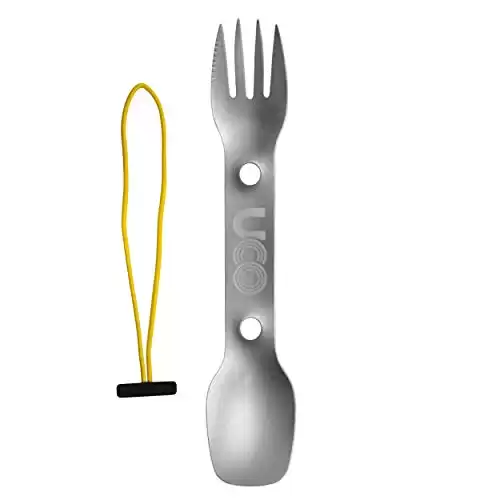
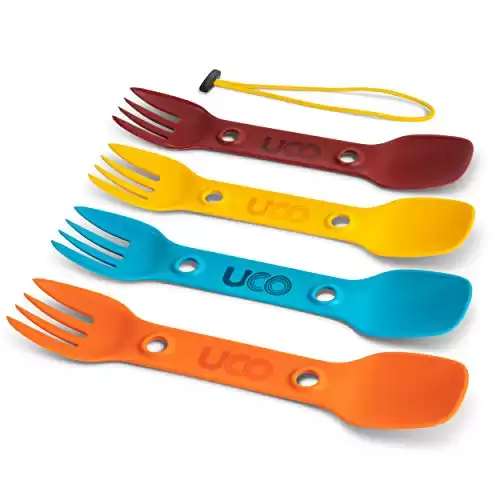
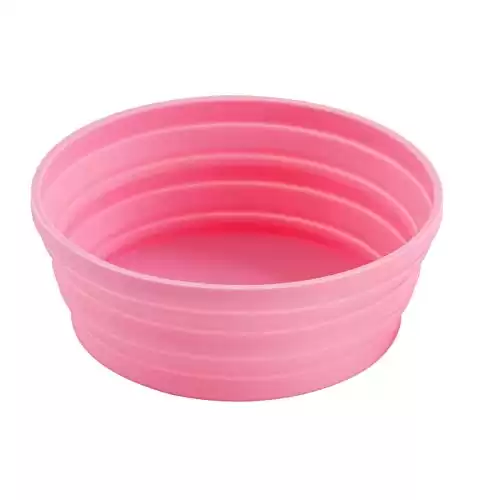
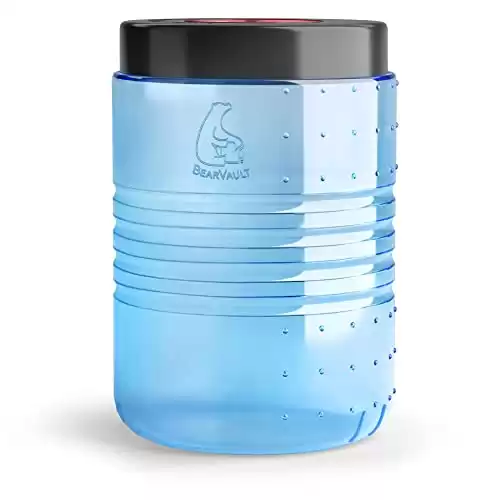
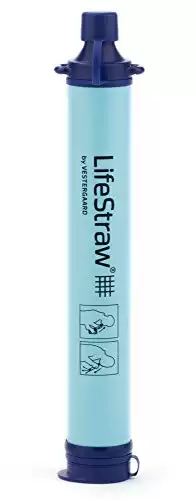
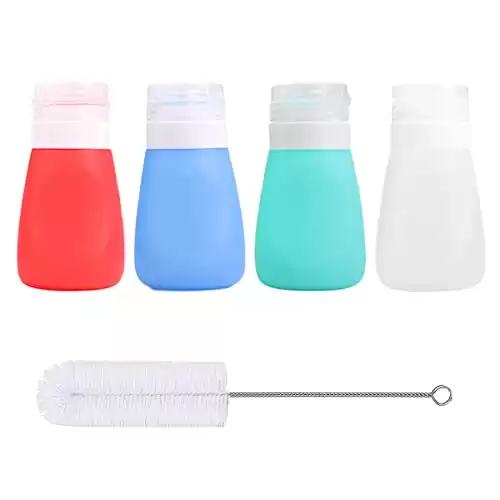
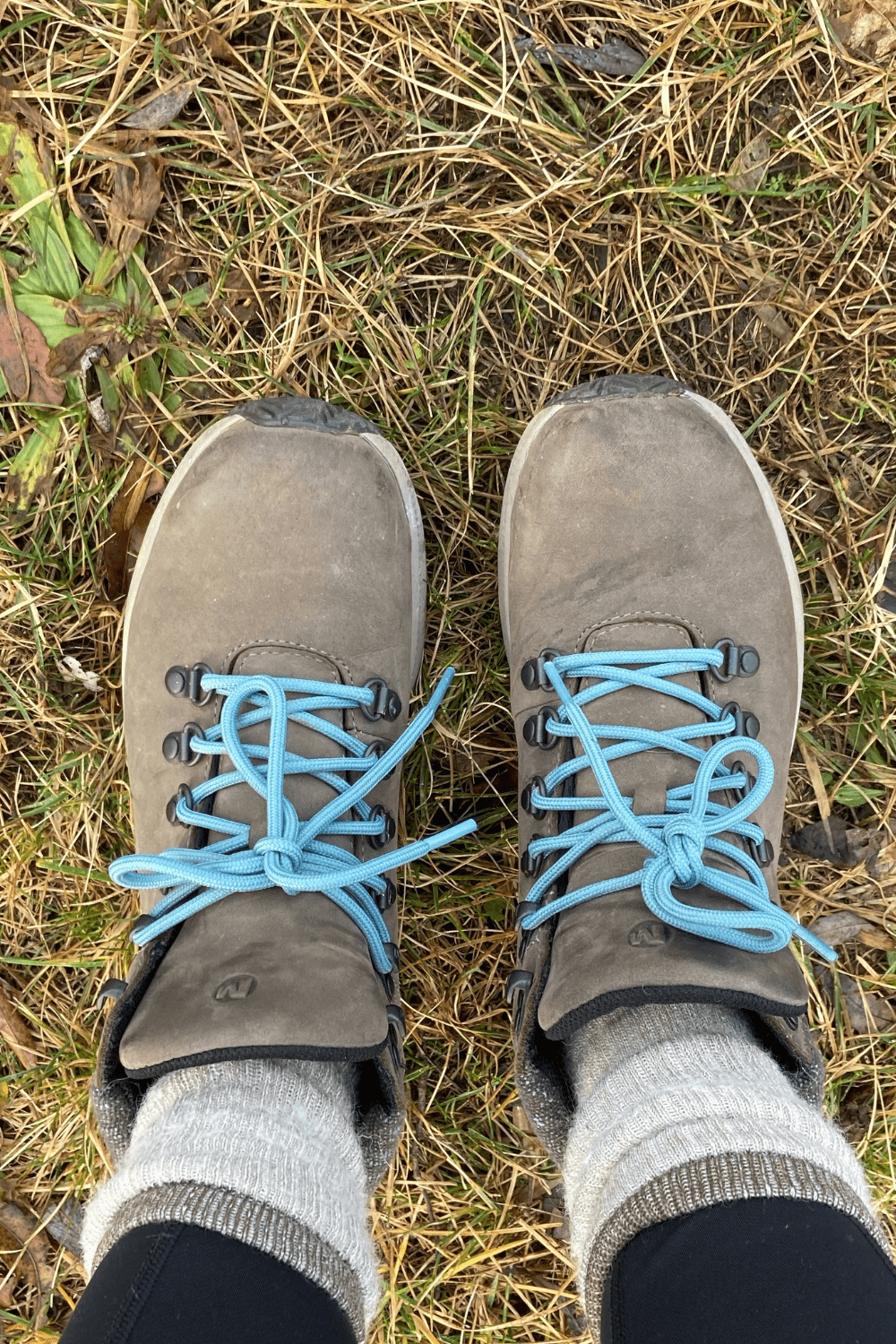




Leave a Reply